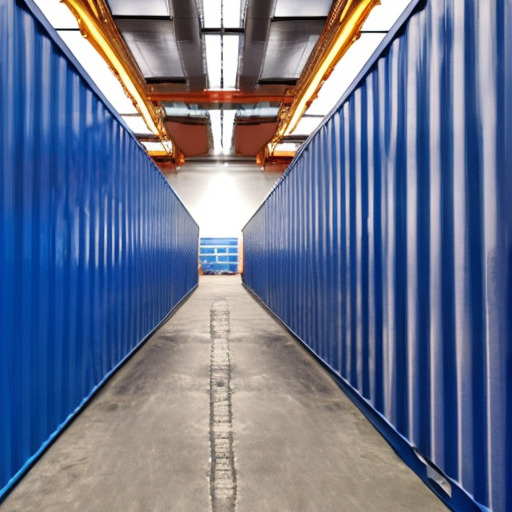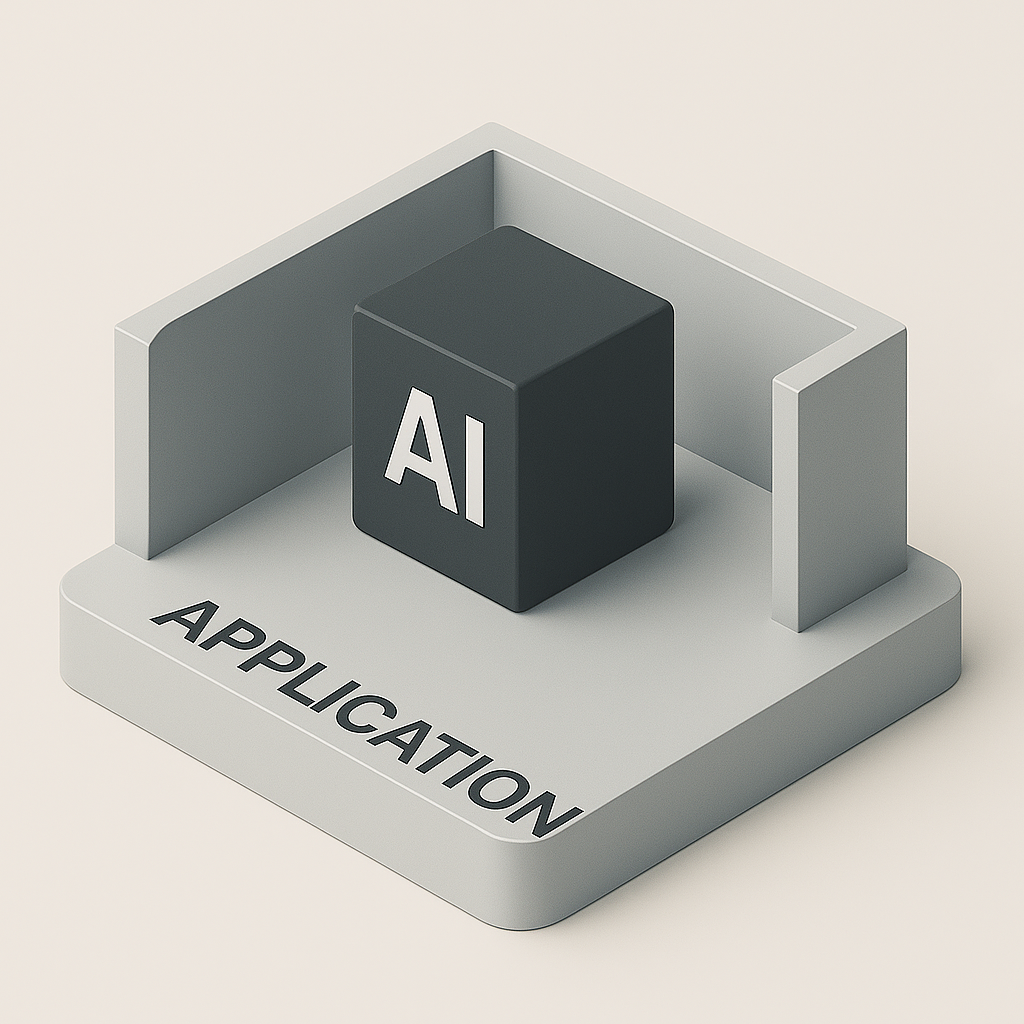Deploying AI applications on Kubernetes provides scalability and efficient resource management. I'll explore setting up an Amazon EKS (Elastic Kubernetes Service) cluster using Terraform in this article. This setup will be the backbone for efficiently deploying AI Langchain applications.
Clone the repo here.
Prerequisites
Before we begin, ensure you have the following tools installed and configured:
- Terraform installed.
- AWS CLI is installed and configured with the necessary permissions.
- OpenVPN is installed to provide secure access to the VPN.
Step 1: Define Variables
First, create a terraform.tfvars file with the necessary variables:
company = "" domain = "" openvpn_instance_type = "" region = ""
Step 2: Create VPC Configuration
In part 1, I show how to set up the landing zone, which includes a VPC and VPN instance.
Step 3: EKS Cluster Configuration
Create an eks.tf file to define the EKS cluster:
locals {
assumed_role_arn = data.aws_caller_identity.current.arn
account_id = data.aws_caller_identity.current.account_id
role_name = regex("arn:aws:sts::\\d+:assumed-role/(.+?)/", local.assumed_role_arn)[0]
iam_role_arn = "arn:aws:iam::${local.account_id}:role/${local.role_name}"
}
data "aws_caller_identity" "current" {}
module "eks" {
source = "terraform-aws-modules/eks/aws"
version = "20.11.1"
cluster_name = var.environment
cluster_version = var.eks_cluster_version
cluster_endpoint_private_access = true
cluster_endpoint_public_access = true
cluster_ip_family = "ipv4"
cluster_addons = {
coredns = {
most_recent = true
}
kube-proxy = {
most_recent = true
}
vpc-cni = {
most_recent = true
before_compute = true
configuration_values = jsonencode({
env = {
ENABLE_PREFIX_DELEGATION = "true"
WARM_PREFIX_TARGET = "1"
}
})
}
}
iam_role_additional_policies = {
AmazonEC2ContainerRegistryReadOnly = "arn:aws:iam::aws:policy/AmazonEC2ContainerRegistryReadOnly"
}
enable_cluster_creator_admin_permissions = true
cluster_tags = local.tags
vpc_id = module.vpc.vpc_id
subnet_ids = module.vpc.private_subnets
eks_managed_node_group_defaults = {
ami_type = "AL2_x86_64"
instance_types = ["t3.medium"]
}
eks_managed_node_groups = {
default_node_group = {
use_custom_launch_template = false
disk_size = 50
al2023_nodeadm = {
ami_type = "AL2023_x86_64_STANDARD"
use_latest_ami_release_version = true
cloudinit_pre_nodeadm = [
{
content_type = "application/node.eks.aws"
content = <<-EOT
---
apiVersion: node.eks.aws/v1alpha1
kind: NodeConfig
spec:
kubelet:
config:
shutdownGracePeriod: 30s
featureGates:
DisableKubeletCloudCredentialProviders: true
EOT
}
]
}
}
}
}
Step 4: RDS Configuration
For database needs, configure an Aurora PostgreSQL cluster in aurora.tf:
locals {
auto_pause = var.environment != "prod"
max_capacity = var.environment == "prod" ? 64 : 16
instances = var.environment == "prod" ? {
one = {}
two = {}
} : {
one = {}
}
}
module "postgresql" {
source = "terraform-aws-modules/rds-aurora/aws"
version = "~> 9.3.1"
apply_immediately = true
backup_retention_period = var.rds_backup_retention
copy_tags_to_snapshot = true
create_monitoring_role = true
database_name = var.environment
db_cluster_parameter_group_name = aws_rds_cluster_parameter_group.this.name
db_subnet_group_name = module.vpc.database_subnet_group
deletion_protection = true
enable_http_endpoint = true
engine = "aurora-postgresql"
engine_mode = "provisioned"
engine_version = var.rds_engine_version
master_username = "postgres"
name = var.environment
storage_encrypted = true
subnets = module.vpc.database_subnets
tags = local.tags
vpc_id = module.vpc.vpc_id
security_group_rules = {
eks_ingress = {
source_security_group_id = module.eks.node_security_group_id
}
openvpn_ingress = {
source_security_group_id = var.openvpn_sg
}
egress = {
cidr_blocks = ["0.0.0.0/0"]
description = "Egress to everything"
}
}
serverlessv2_scaling_configuration = {
auto_pause = local.auto_pause
max_capacity = local.max_capacity
min_capacity = 2
seconds_until_auto_pause = 3600
timeout_action = "ForceApplyCapacityChange"
}
instance_class = "db.serverless"
instances = local.instances
}
resource "aws_secretsmanager_secret" "rds_credentials" {
name = "${var.environment}-aurora-serverless-credentials"
description = "${var.environment} aurora username and password"
recovery_window_in_days = "7"
depends_on = [module.postgresql]
}
resource "aws_secretsmanager_secret_version" "rds_credentials" {
secret_id = aws_secretsmanager_secret.rds_credentials.id
secret_string = jsonencode(
{
username = module.postgresql.cluster_master_username
password = module.postgresql.cluster_master_password
}
)
depends_on = [module.postgresql]
}
resource "aws_rds_cluster_parameter_group" "this" {
name = var.environment
family = "aurora-postgresql15"
description = "RDS default cluster parameter group"
parameter {
name = "rds.force_ssl"
value = "1"
}
}
Step 5: Initialize and Apply Terraform
Run the following commands to set up the infrastructure:
terraform init terraform validate terraform plan -out=plan.out terraform apply plan.out
Step 6: Accessing the VPN
Secure access to your infrastructure is crucial. Follow these steps to set up and access the VPN:
- Connect to the VPN at https://vpn.example.com
- Admin access is available at https://vpn.example.com/admin
Step 7: Configure kubectl for EKS
To interact with your EKS cluster, configure kubectl:
aws eks update-kubeconfig --region <AWS_REGION> --name dev
Added new context arn:aws:eks:<AWS_REGION>:<ACCOUNT_NUMBER>:cluster/dev
Verify the configuration by listing the nodes:
kubectl get nodes

Following these steps, you've successfully set up a robust and scalable EKS cluster using Terraform. This setup will facilitate the deployment of AI Langchain applications, ensuring efficient resource management and scalability.
Further Steps
Once the EKS cluster runs, you can deploy your AI Langchain applications. Stay tuned for our next articles, which will include detailed deployment guides and best practices.
Visit my website here.



